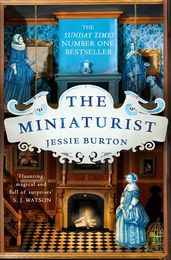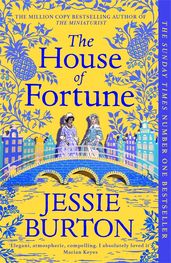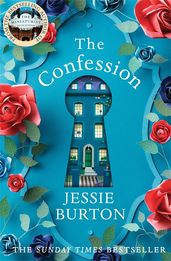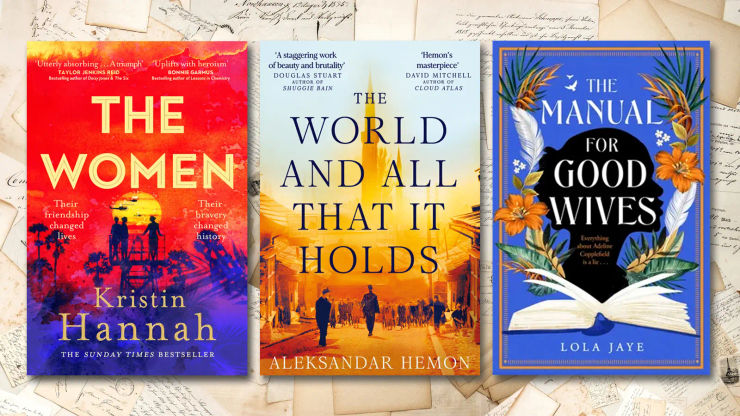A guide to Jessie Burton's books and The Miniaturist
Jessie Burton is the bestselling author of The Miniaturist and its sequel The House of Fortune. Here's our guide to her books.

Fans of Jessie Burton's bestselling historical fiction novels The Miniaturist and The House of Fortune can make sure all her brilliant books find their rightful place on their shelves, with our handy guide.
The Miniaturist and The House of Fortune
Award-winning bestseller The Miniaturist (made into a major BBC series starring Anya Taylor-Joy, Romola Garai and Paapa Essiedu) and its sequel The House of Fortune are atmospheric, intoxicating page-turners set in Amsterdam around the turn of the eighteenth century.
The Miniaturist
by Jessie Burton
Eighteen-year-old Nella Oortman arrives amongst the wealthy elite of Amsterdam to start her new life as the wife of merchant trader Johannes Brandt. He gives her an extraordinary wedding gift: a cabinet-sized replica of their home, furnished by a mysterious miniaturist. But as Johannes shows himself to be as elusive as the artist he employed, Nella finds herself mainly in the company of his acerbic sister, Marin. Slowly uncovering the secrets of the closed world of the Brandt household, and shaken as the tiny creations in her dollhouse begin to mirror their real-life counterparts in unexpected ways, Nella realizes the escalating dangers that await them all.
The House of Fortune
by Jessie Burton
Twenty years after the events of The Miniaturist, the Brandt family faces ruin. Thea is about to turn eighteen and her aunt Nella is convinced the solution to all their problems is for her to marry someone rich – and not, therefore, the love of her life, who she met at the theatre in the heart of the city. As the two clash over the demands of duty and desire, secrets from the past begin to haunt them. Will each woman be able to rescue her destiny from the whims of fortune?
Standalone novels
The Muse
by Jessie Burton
A picture hides a thousand words. . .
Southern Spain, 1936. Olive Schloss, the daughter of a renowned art dealer, has her fragile paradise disrupted by the arrival of artist and revolutionary Isaac Robles and his half-sister Teresa. Insinuating themselves into the family, their presence has explosive and devastating consequences.
London, 1967. Odelle Bastien, newly arrived from Trinidad, has a job as a typist with the glamorous and enigmatic Marjorie Quick at the Skelton Gallery. Quick takes Odelle into her confidence, yet remains a mystery – no more so than when a lost masterpiece with a secret history is delivered to the gallery.
The Confession
by Jessie Burton
When Elise Morceau meets the writer Constance Holden, she quickly falls under her spell. Connie is sophisticated, bold and alluring – everything Elise feels she is not. She follows Connie to LA, but in this city of strange dreams and 1980s razzle-dazzle, Elise feels even more out of her depth and makes an impulsive decision that will change her life forever. Three decades later in London, Rose Simmons is trying to uncover the story of her mother, who disappeared when she was a baby. Having learned that the last person to see her was a now reclusive novelist, Rose finds herself at the door of Constance Holden’s house in search of a confession.
Author photograph credit: Lara Downie






